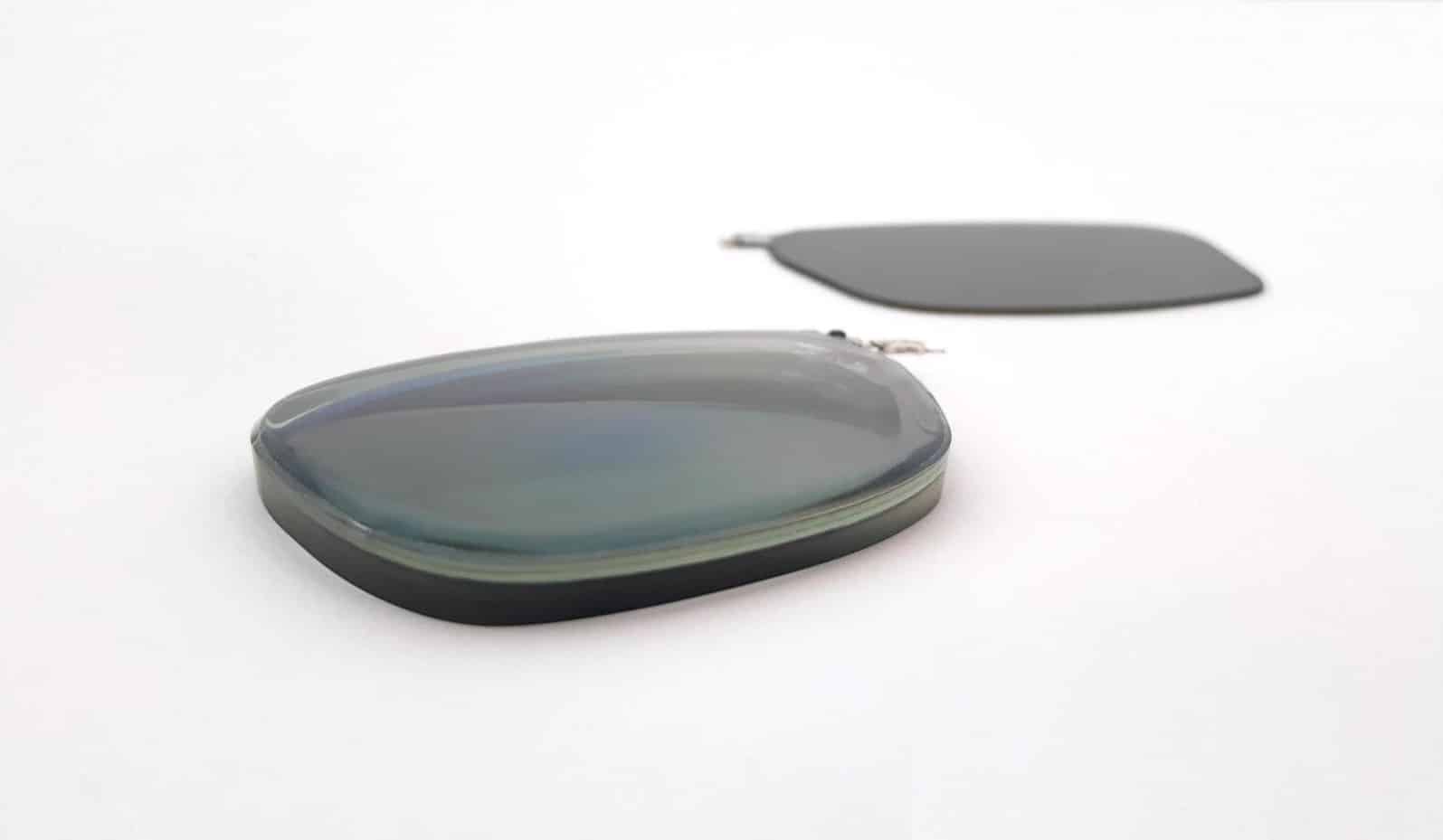Luxexcel, an expert in 3D printing of prescription glasses lenses, has announced plans to further enter the smart glasses market by reorganizing its leadership team.
Recently, more detailed information about the Aria project has been provided on Facebook Connect, however, a public announcement regarding Luxexcel’s participation has not yet been released.
The company’s previously developed proprietary technology can integrate smart functions into the glasses lenses to form “fashion smart glasses.” The idea is that its customers (tech companies) will be able to manufacture their smart glasses products while also providing vision correction functions for users who may need it.
Luxexcel CEO Fabio Esposito explained: “Our mature mass production solutions enable our customers to combine prescription drugs with smart technology to create regular-looking lenses with advanced smart functions, and can be processed according to the user’s prescription requirements. Personalized processing. The platform is scalable and provides flexibility to create a large number of products with personalized specifications, such as prescription drugs.”
Luxexcel 3D printing platform
Luxexcel’s platform contains all the components required for 3D printing prescription lenses, including proprietary hardware, software and materials. The working principle of this technology is that the acrylic resin VisionClear is sprayed onto the template and then cured under ultraviolet light. The machine is called VisionEngine and can print on many different materials, such as polymers and glass (which means it can be compatible with off-the-shelf frames), and can also meet user requirements for air gaps.
The company’s customers can directly embed smart devices such as waveguides, holographic films, and LCD screens in the lenses between the layers, and print prescription power on or around the “smart layer.” The final sandwich component means that users no longer need to wear clumsy prescription glasses under bulky AR eyewear, because both products can work.
This technology has multiple rounds of financial support and is intended to replace the traditional lens production method, which involves multiple subtractive processing steps and polishing. According to the company, this traditional process is extremely inefficient, and material waste is about 80%. This method is also a labor-intensive method with relatively low throughput-in stark contrast to the highly digital processes provided by Luxexcel.

Cooperation in the field of smart glasses
Although the company cannot comment on its current partnership due to the NDA, the company said it does work with “many leaders” in the smart glasses field. I think of Facebook. Its Project Aria project is AR glasses, which was recently unveiled at the company’s Connect 2020 event. Starting this month, about 100 Facebook employees will wear glasses in public places for trials throughout the day.
One of the earliest smart glasses collaborations was with AR headset developer Vuzix. As a result, Luxexcel 3D printed a series of prescription lenses that can be used with Vuzix Blade AR Smart sunglasses. Recently, the company also celebrated its partnership with the non-profit organization IFB Solutions by providing free 3D printed prescription glasses to 17 school children in Winston Salem, North Carolina.


